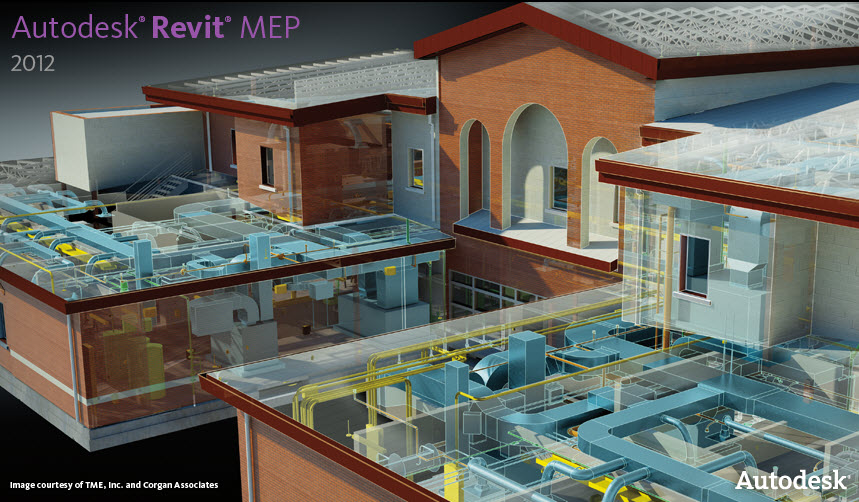http://www.constructech.com/news/articles/article.aspx?article_id=7975&SECTION=1
October 06, 2009
Julian Kang, associate professor and graduate program coordinator, Texas A&M University, www.tamu.edu, College Station, Texas, had a clear reason for wanting to host a BIM (building information modeling) forum in Houston—to talk about everything the industry can do with BIM, specifically in the construction phase of a project.
Three years ago, Kang did a BIM investigation as part of research efforts for the AGC (Associated General Contractors of America), www.agc.org, Arlington, Va., and found general contractors in the Houston area did not clearly understand how much they can accomplish using BIM.
When he met George Pontikes, chairman of the board, AGC Houston Chapter, and president and CEO, Satterfield & Pontikes Construction, www.satpon.com, Houston, Texas, Kang brought up the idea of offering a BIM forum in Houston, and coincidentally Pontikes had a similar idea. With a program committee, Kang and Pontikes began making decisions and promoting the first BIM forum in Houston.
The BIM Forum Houston 2009, http://bim.tamu.edu/, took place Sept. 17, 2009 and had roughly 90 people in attendance. The event focused on BIM issues and trends in the construction phase of a project. With two keynotes, six breakout sessions, two interactive presentations, and a panel discussion, the event was full of best practice stories and emerging technology.
While one keynote—reported by the AGC—focused on the current economic situation, it was the other keynote—from the Texas Facilities Commission—that garnered a lot of attention, according to Kang.
Recently, the FDC (Facilities Design and Construction Division) within the TFC (Texas Facilities Commission), www.tfc.state.tx.us, Austin, Texas, adopted BIM for state design and construction projects, in an effort to standardize the use of BIM in future projects.
Texas is not the first state to develop a set of BIM standards and guidelines for all partners involved in a state project. Earlier this summer, the Division of State Facilities in Wisconsin prepared BIM guidelines and standards, which were implemented on July 1.
Chris Tisdel, director of building information modeling, TFC, presented the keynote at the BIM Forum Houston.
“He is one of the courageous guys in the construction industry who is preaching the benefits of BIM in construction as an owner,” says Kang. “So, if you want to get a project from the State of Texas, you have got to use BIM.”
Tisdel even talked of specific applications that should be used. According to Kang, Tisdel is asking companies working with the State of Texas to use Revit Architecture from Autodesk, www.autodesk.com, San Rafael, Calif. At the forum, contractors learned about the state’s BIM template for project team members and learned how to incorporate BIM into the lifecycle of projects.
Kang says Tisdel presented many benefits of the standards and guidelines including interoperability, reducing redundant work, and sharing information with others on the team.
“He is basically talking from the owners’ perspective. He wishes to have some central repository where he can get all kinds of 3D models—in this case Revit models—of all buildings that was awarded by the State of Texas,” says Kang.
Another hot topic at the forum was the use of COBIE (Construction Operations Building Information Exchange) to continue to use BIM even after the construction is over.
According to the National Institute of Building Sciences’ WBDG (Whole Building Design Guide), www.wbdg.org, Washington, D.C., COBIE simplifies how work is captured and exchanged. The approach is to enter the data as it is created during design, construction, and commissioning. While it is intended to work within the BIM process, the data can also be exchanged using spreadsheets. Many attendees focused on COBIE and how to use the building information model for facilities management.
Kang says overall event and attendee response exceeded his expectations and he is planning to expand the program next year—beyond just Houston.
“I guess what I would like to say is next year’s forum is … going to be a forum for everybody in Texas,” says Kang. “It is a forum for people that want to see more BIM coming to the construction industry.”

No comments:
Post a Comment